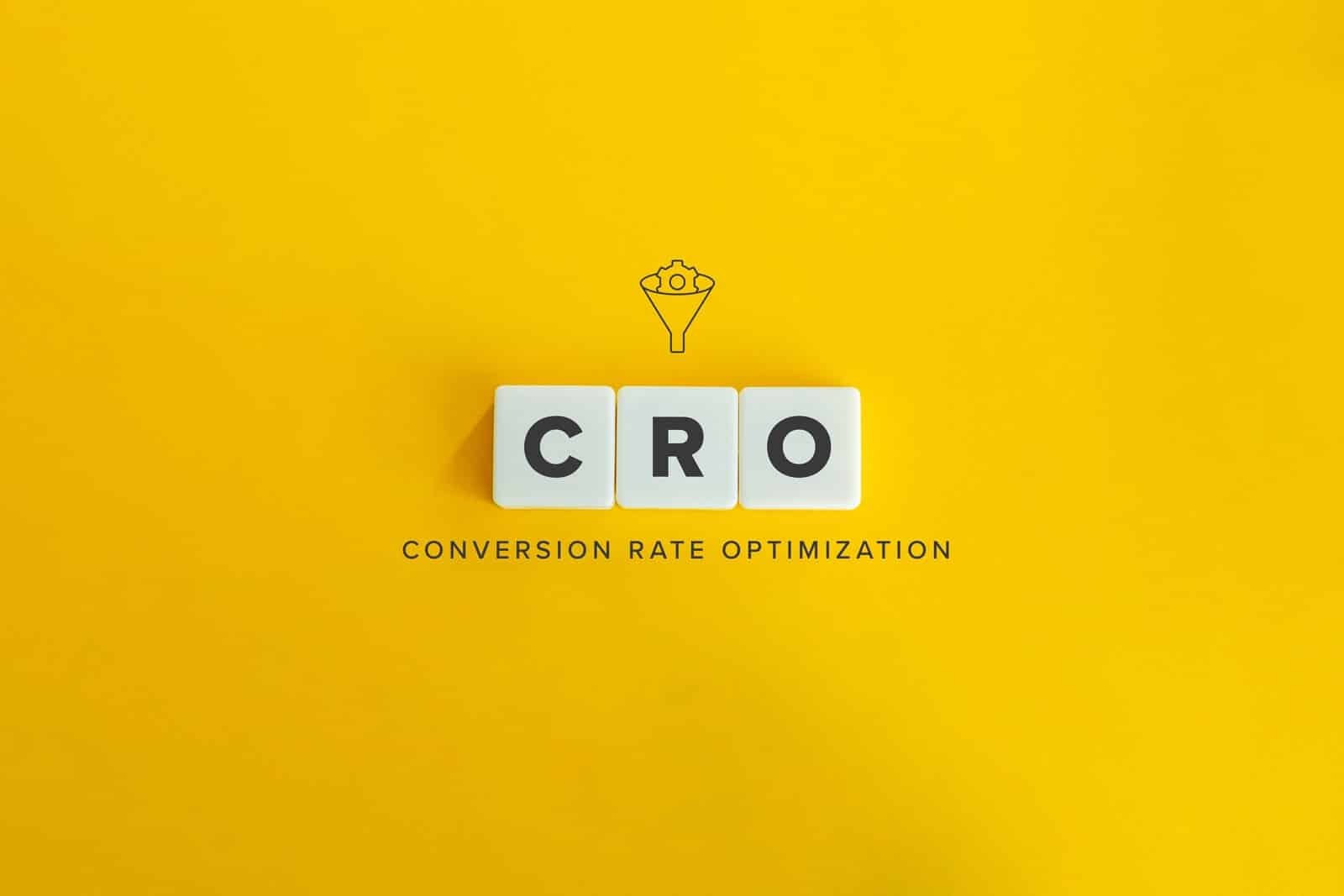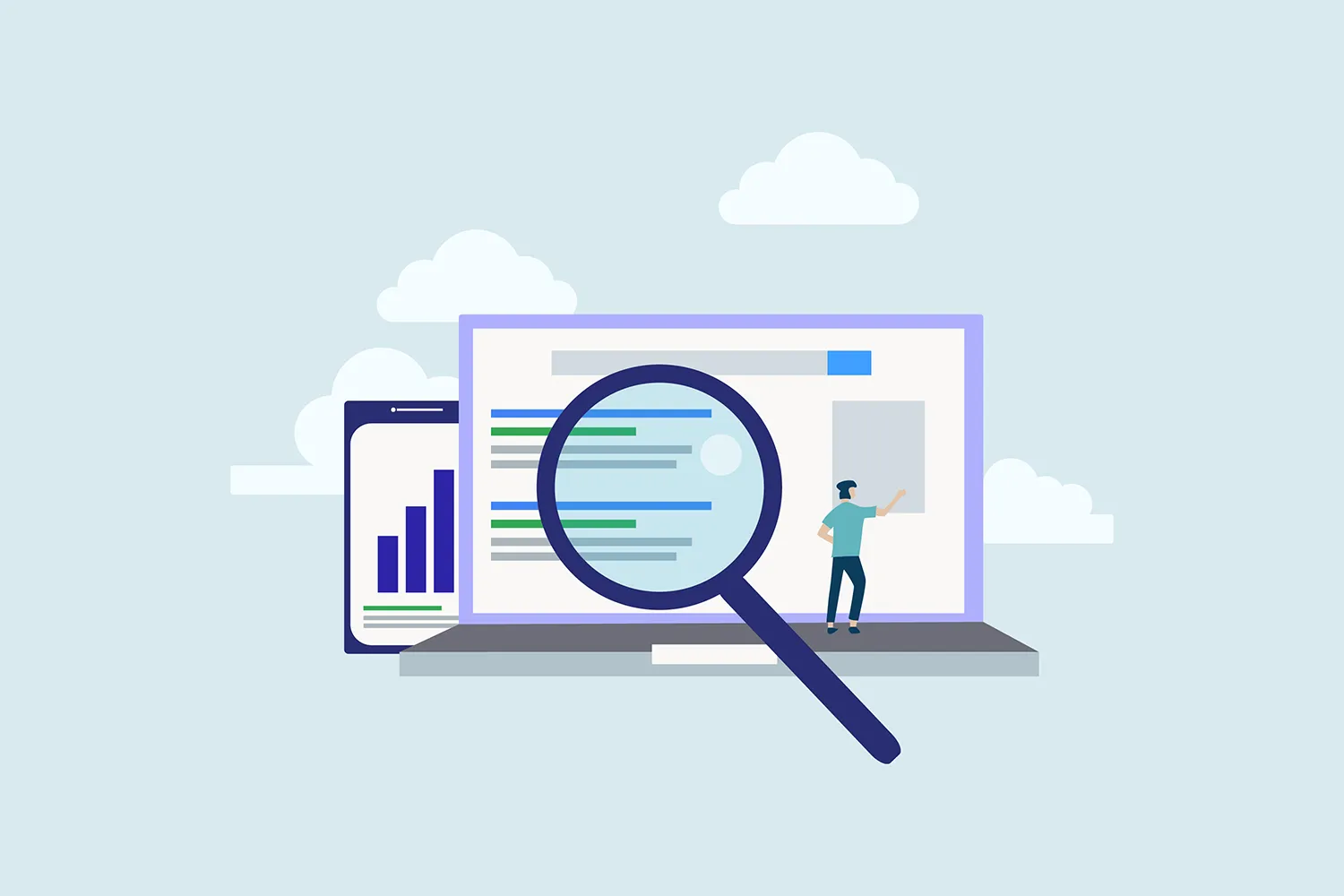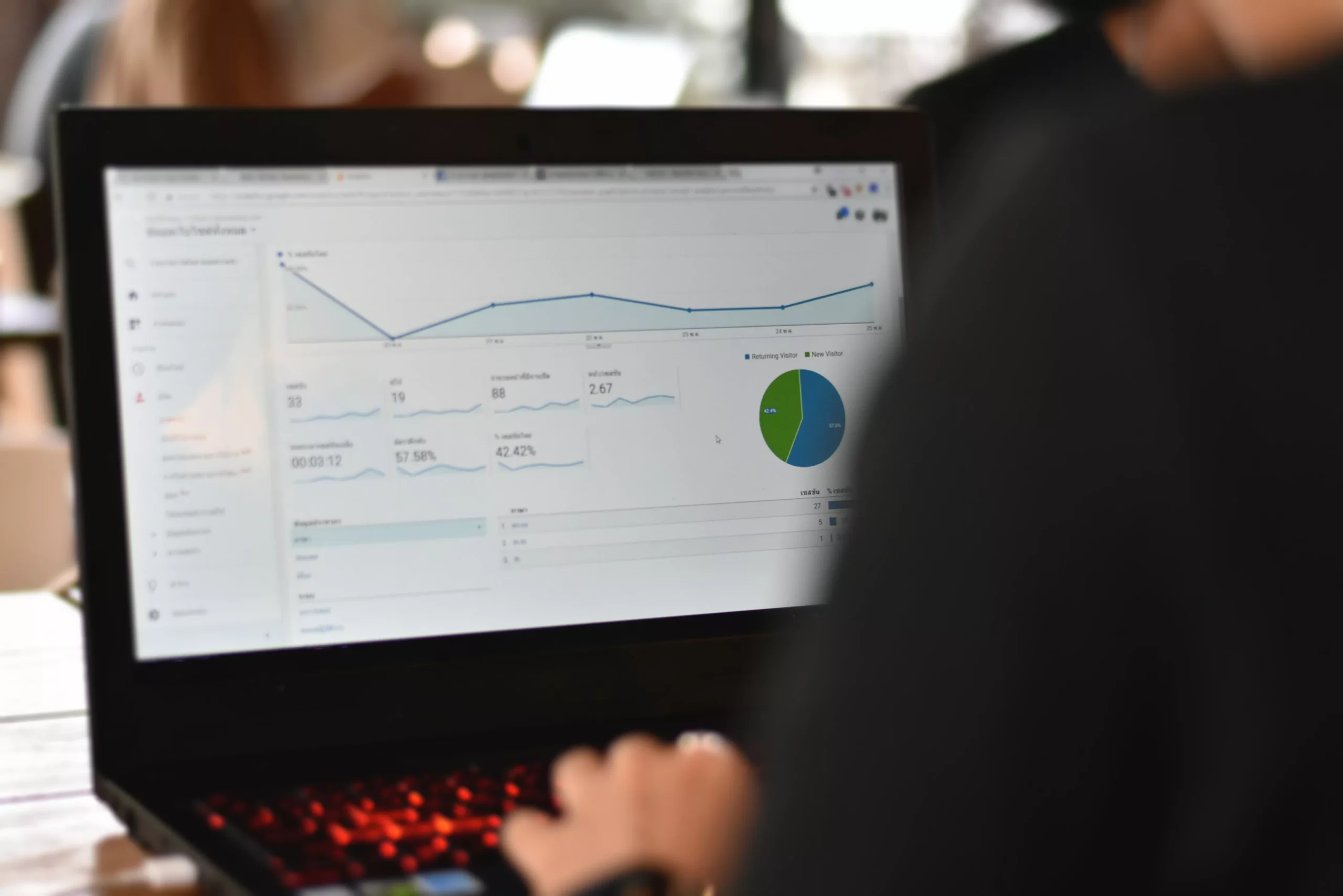Why Your Website Is Hurting Your Conversion Rate

If you aren’t getting online sales, your website is the most likely culprit.
Most businesses count conversions as sales. But they could be form submissions, email acquisitions, or any action you want a customer to take.
But if your website design isn’t up to snuff, conversions are hard to get your hands on. So roll up your sleeves. You’re about to learn how your website is holding conversion rates back, and discover ways to fix it.
Your website has to be about your customers (not about you)
Your business caters to your customers. This means your website has to as well. But if your website is all about the latest design trends, chances are you’re paying attention to the wrong crowd.
It’s tempting to build a website with fancy scroll-through carousels or tons of hover-activated menus. But if those features don’t help your customers find information or buy your product (and they almost certainly don’t), they’re hurting. Not helping.
Your website has to look good and focus on the needs of your customers. And usability is actually more important than aesthetics. If your website …
- Logically organizes information
- Is easy to use and navigate
- And has clear copy
… you’re more likely to convert than websites that just look nice.
Why?
Because business owners who really get their customers also get that it’s a two-way street. Communication has to flow both ways online, just like it does in real life. Here’s an example:
Imagine you walk into a car dealership and a salesperson approaches you. Without even asking for your name, they start pitching. And they talk your ear off for an hour.
Never once do they pause to ask about your needs as a driver or why you’re at the dealership in the first place. Maybe you just have some questions about the car you bought from this dealership last week.
Now imagine this experience, but on a website. One-way communication doesn’t help users find information or buy your products. Instead, it makes the shopper’s experience all about you.
So if your website needs a refresh, or if you want to start over from scratch, remember these guidelines before you start.
Website conversion pro tips:
- Build a website that’s focused on your customers
- Prioritize real value over fancy-sounding jargon or busy aesthetics
- Understand that your website has to flow in two directions, not just one
Your website isn’t evolving
Just because you shouldn’t hop on every design trend, doesn’t mean you can’t keep it fresh. Again, your website is like a brick-and-mortar shop. It has to answer questions, organize products, and help customers when they need it.
The tricky part is to accomplish all these real-life goals in a digital space. And this is where lots of business owners (and designers) fail.
As your customers evolve, grow, and change, your website has to at the same time. Think of your customers’ needs as a moving target. The target never stops swaying this way, or that way. To get a conversion, your website has to hit that moving target.
Well … then how do I find out exactly where the target is?
You have to ask, listen, and test — over and over and over again. Send out customer satisfaction surveys with prompts about the website experience. Get customers to tell you what they want. Ask for critical feedback. Then analyze those suggestions, implement the ones you think are the best fit, and test the results.
Sometimes customers are wrong. They think they want one thing when they really want another. It happens. So always test new website features to make sure whatever you changed is working.
If the change is working: Great! Keep it up. But come back in a few months, or a year, and test it again.
If the change isn’t working: That’s ok! Keep it in your back pocket, and brainstorm other changes to implement and test. Use the tips below to do this.
Website conversion pro tips:
- Test changes by monitoring new traffic, sales, or form submissions
- Use emails, text messages, and social media to ask customers about their online experience. You can also tap your sales and customer service teams for feedback
- Consult with usability and design experts before your next website overhaul
Your website’s design and text don’t match
We’ve heard it many times. And hey, we love the look, simplicity, and tone of the Apple website just as much as anyone else. They’re a great brand and they get a ton of conversions.
But Apple’s branding won’t work for your website. Why? Because you aren’t Apple. You’re you. Your website has to accurately represent:
- Your products or services
- A unique value proposition
- Your industry niche
For example, if you just opened a new speakeasy bar, your website should show that you’re cool, hip, and mysterious. But if you’re an HVAC contractor, that branding would be a terrible idea. Who’d hire a mysterious HVAC company?
In short, when your website doesn’t line up with who you are, your customers get confused. And instead of converting, they’ll go somewhere else.
Your website has to match you. And your website’s design and text also have to match each other.
Let’s break this down with the speakeasy example. There are a couple of tone options for your cool, dark, and trendy website. Imagine an inky palette. Lots of dark blues, blacks, and deep purples. And a serious, tasteful serifed font.
Now, how do you think it should sound?
Copy option #1
Upbeat, silly, and kitschy
Copy option #2
High-end, breezy, modish
You’d choose #2, right? That’s because what your customers feel, read, and experience on your website should all fit together. Cohesion gets conversions. Here are some things to avoid:
- Lots of jargon
- Unclear brand identity
- Mismatched design
Instead, aim for an experience that’s helpful, logical, and coherent. Use these pro tips to get started.
Website conversion pro tips:
- Get your design and copy teams on the same page. Open all lines of communication through Slack, email, or in-person avenues
- Invest in a clear value proposition. Use this to inspire your website’s design and copy
- Think of website design as telling a story. There are multiple parts, and they all have to connect and make sense together
Final thoughts: Why some websites don’t convert
Now that you’ve discovered reasons why your website might be hurting conversions, let’s do a quick recap. Here are the most important takeaways:
- Design your website around your customers, not the latest design trends
- Update your website at least once every couple of years. It has to evolve alongside your customers
- Keep your branding, aesthetics, and text tight. A cohesive digital experience can increase your conversions
Ready to learn more about website design and conversions? Check out our blog here. We update it regularly with news, pro tips, and how-to articles.












